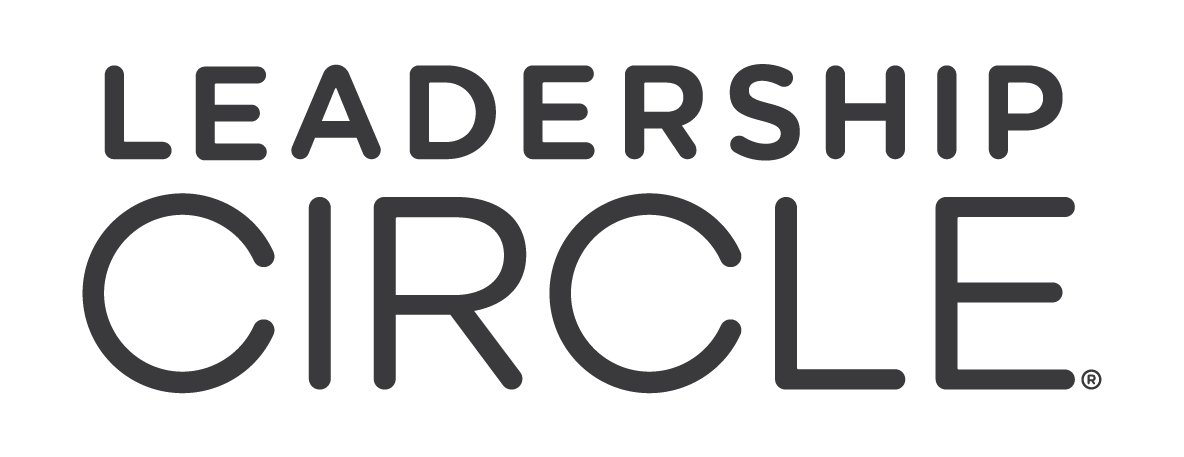We’ve all heard it: “We have a growth mindset here.” It shows up on onboarding slides, leadership speeches, and maybe even breakroom posters. But too often, that’s where it ends—words without reinforcement. Workshops happen, motivational quotes circulate, and then the culture snaps back to business as usual.
The real challenge isn’t introducing the idea of a growth mindset—it’s embedding it so deeply that it shapes decisions, behaviors, and systems across the organization. And that requires more than enthusiasm. It takes intentional design, where learning is prioritized alongside performance, and failure is seen as fuel rather than weakness.
Because here’s the truth: if your organization rewards only results and not learning, you don’t actually have a growth mindset. You have a performance mindset with good intentions.
Growth Mindset as an Organizational Operating System
Most people think of growth mindset in individual terms—the belief, based on Carol Dweck’s research, that skills and abilities can be developed through effort and learning. But in organizations, it’s about something bigger: designing systems that make growth part of how work gets done.
That’s the difference between:
- Performative Growth Mindset: Celebrating “learning from failure”… right up until results dip.
- Systemic Growth Mindset: Baking learning behaviors into processes, rewards, and leadership expectations—so they endure, even under pressure.
A true growth culture shifts the focus from proving competence to expanding capacity.
The Science of Growth-Driven Cultures
Research makes this clear: organizations that actively cultivate growth mindsets outperform those that don’t. A Harvard Business Review study found that employees in growth-oriented cultures are nearly 50% more likely to report innovation and stronger commitment to company purpose.
These cultures thrive because they combine two essential ingredients:
- Psychological Safety – the permission to take risks, ask questions, and admit mistakes without fear.
- Continuous Feedback – a loop that turns every project into a learning lab, ensuring progress is noticed and celebrated.
When those conditions are in place, growth isn’t just encouraged—it’s inevitable.
Six Signs Your Culture Truly Embraces Growth
Want to know if your organization is walking the talk? Look for these markers:
- Learning is celebrated like results. Wins matter, but so do lessons from bold attempts that didn’t pan out.
- Mistakes are mined, not buried. Missteps are treated as valuable case studies, not sources of shame.
- Feedback is normalized. Input flows both ways—leaders give it, but also receive it openly.
- Leaders own their edges. Executives talk openly about where they are still learning and developing.
- Potential is rewarded. Promotions aren’t just about tenure or past performance—they recognize capacity for future growth.
- Innovation happens at every level. Ideas don’t just come from the top; frontline employees contribute, too.
If these signals are missing, chances are growth mindset in your organization is more slogan than system.
How to Build Growth into the Structure
It’s not enough to “encourage growth.” Structures must support it. Here are a few places to start:
- Integrate learning into reviews. Redesign performance conversations to ask: What did you learn this month? Where did you stretch?
- Create safe spaces for experimentation. Dedicate resources—time, budget, or “innovation sandboxes”—where risk-taking is expected, not penalized.
- Recognize growth behaviors. Call out curiosity, resilience, and collaboration in the same way you celebrate sales wins or project completions.
- Equip leaders to coach. Train managers to shift from evaluators to growth coaches, turning one-on-ones into moments of development.
- Reflect on where growth feels risky. Leaders set the tone. Start by asking: Where am I holding onto a fixed mindset? Where can I model more openness?
Growth requires discomfort. If everything feels safe and familiar, you’re probably not growing.
The Leadership Imperative
Ultimately, embedding a growth mindset isn’t about posters, slogans, or even one-off workshops. It’s about leaders modeling the behaviors they want to see, and organizations structuring rewards, reviews, and processes around learning—not just results.
At Leadership Circle, we help leaders and organizations move past the performance-only trap to create cultures where growth is expected, not optional. By integrating assessments, feedback tools, and leadership development, we provide the frameworks leaders need to shift from aspiration to action.
Because when growth becomes part of the operating system, performance follows—and innovation thrives.





